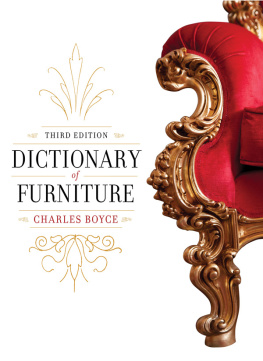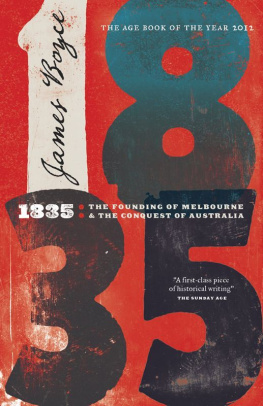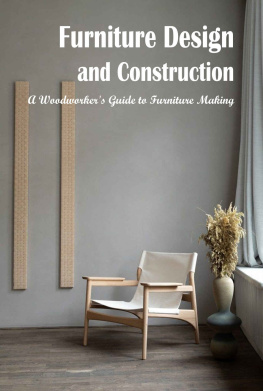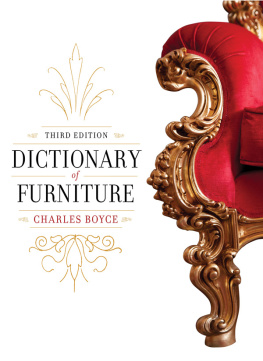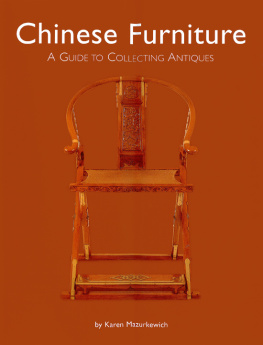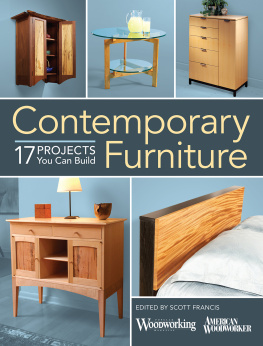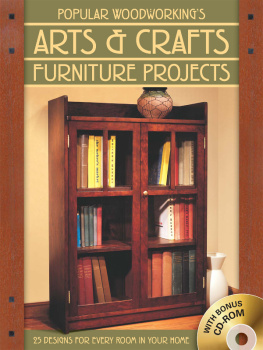Dictionary of
Furniture
T HIRD E DITION

Dictionary of
Furniture
T HIRD E DITION

Charles Boyce
Foreword by Joseph T. Butler

Skyhorse Publishing
Copyright 2014 by Charles Boyce
Foreword copyright 2014 by Joseph T. Butler
All Rights Reserved. No part of this book may be reproduced in any manner without the express written consent of the publisher, except in the case of brief excerpts in critical reviews or articles. All inquiries should be addressed to Skyhorse Publishing, 307 West 36th Street, 11th Floor, New York, NY 10018.
Skyhorse Publishing books may be purchased in bulk at special discounts for sales promotion, corporate gifts, fund-raising, or educational purposes. Special editions can also be created to specifcations. For details, contact the Special Sales Department, Skyhorse Publishing, 307 West 36th Street, 11th Floor, New York, NY 10018 or info@skyhorsepublishing.com.
Skyhorse and Skyhorse Publishing are registered trademarks of Skyhorse Publishing, Inc., a Delaware corporation.
Visit our website at www.skyhorsepublishing.com.
10 9 8 7 6 5 4 3
eISBN: 978-1-62873-840-7
Library of Congress Cataloging-in-Publication Data is available.
ISBN: 978-1-62636-012-9
Printed in the United States of America
F or Marya, without whom nothing
Table of Contents

Foreword

In the 15 years since the Dictionary of Furniture was first published a great deal of furniture has been created, and although no earthshaking stylistic revolutions have come about, there are nonetheless any number of new designers and ideas to be recorded. While inclusiveness in this matter is impossible within the constraints of space imposed by a revision of a book of this scope, I have included those new furniture makers who have particularly impressed me.
My own awareness of the worlds furniture making has increased during those 15 years, and I have been able to improve the range of the books coverage, most especially with respect to modern Australian design and the traditional furniture of Africa. Also, a wider acquaintance with the timber used in wood furniture around the worldnotably in Chinahas produced a crop of new entries.
Perhaps most important, additional material has been added to the front and the back of the book that I hope will be of practical use to the reader. The introduction is a general history of world furniture making, and it offers a broad perspective for the entries that follow. At the back of the book, an essay on the ins and outs of buying furniture, especially antiques, is meant to provide a primer on fine points to be considered, and two large un-fine points that I cannot resist repeating here, so important are they: (1) buy from a reputable dealer, and (2) educate yourself.
Also at the back of the book are two new features that will permit further exploration of the world of furniture by the reader: a bibliography and a gazetteer of excellent public collections of fine furniture. Both are necessarily imperfectwhole books would be entirely appropriate for eitherbut I think they offer very sound approaches for reader and traveler. And so, in either case, bon voyage.
Joseph T. Butler
Introduction

Theres furniture everywhere, though most of us dont notice it until we mash a knee on a desk leg. Yet we use these elementary household objectsmovable articles in a room... that render it fit for living or working, as The American Heritage Dictionary puts itin every aspect of our lives, in homes, offices, and public places. Furniture has a small number of basic usesfor storage; for sitting or reclining; and to provide flat surfaces on which to dine, write, or perform other tasks. But this belies the tremendous variety which fertile imaginations have brought to its design. Just as the fine arts do, furniture gives expression to our always-changing sense of how things should be. But the ubiquity of furniture makes this easy to forget. This book is meant to open our eyes and reawaken our minds to a remarkable area of human practical and artistic endeavor.
***
Splendid anecdotes illustrate the linkage between furniture and the larger world. For instance, Louis XIV of France (16381715), the Sun King, made a decorative style a key part of his domestic policy. In an effort to control the wealth of the nobility, he required French aristocrats to imitate in their homes the extravagantly luxurious architecture and furnishing of Versailles, which were meant to impress all Europe with the countrys wealth. So opulent a standardincluding a roomful of solid silver furniturewas set by Louis designer, Charles Le Brun, that in following it the nobles impoverished themselves (at least by their own standards) and could not afford to, say, raise a private army. And yet they could not afford to just ignore this fashion, either, for those who did lost the kings favor and in doing so were likely to lose valued perquisites and sources of income as well. French aristocrats of the 17th century were truly slaves of fashion. Noblemen therefore competed to commission the newest, most richly adorned furniture Parisian bnistes, makers of the grandest furniture, could devise. And thus was created Louis XIVstyle furniture.
But even as that opulent style arose, royal policy prepared the ground for its replacement. As Louis declinedhe had been bedridden for many years before his death in 1715the French economy was as moribund as he was, due to a long series of debilitating wars. The kings pursuit of glory had proved disastrous. In these final years, Louis was no longer able to police the nobility, and leading aristocrats began to abandon Versailles for the delights of Paris, building town houses and calculatedly creating a new style that demonstrated their release. Furniture and interior decoration was pointedly lighter in feeling, and motifs were derived from the beauties of nature and anecdotes of love rather than from implements of war and the grandeur of ancient Rome.
Thus, the rococo was born.
***
Similar dynamic relations between social and aesthetic development are found everywhere in the history of furniture. In the European decorative arts tradition in particular, the alternation of periods between the classicalsymmetrical, grave, and grand, with an emphasis on balance and rigorand the romanticexuberant, often frivolous, with an emphasis on movement and playfulnessis often in tune with political and social trends. The change from baroque to rococo is but one example. Contrariwise, in Chinese and Japanese furniture, the profoundly conservative nature of these cultures yielded styles that changed little over centuries, excepting the punctuation of occasional introductions of form or motif from India and Persia, or, in recent years, from Europe and America.
Changes in the technical capabilities of furniture makers are significant in all cultures, especially with the modern development of radically new techniques, most notably factory production, the molding of materials by steaming or vacuum-forming, and the use of power tools. New materialssteel, plywood, and plastics, among othershave also added to furniture designers options. Analogous developments occurred in olden times as well. For example, the ancient invention of the lathe introduced turned wood to furniture design. Economic developments often play an important role, such as when the growth of cities and their wealthy elites in medieval Europe generated a sharp rise in demand for furniture in many new forms. And trade and communications between cultures frequently have as great an impact on furniture design as they do in other ways. The development of furniture thus both mimics and is formed by human development on larger scales.

